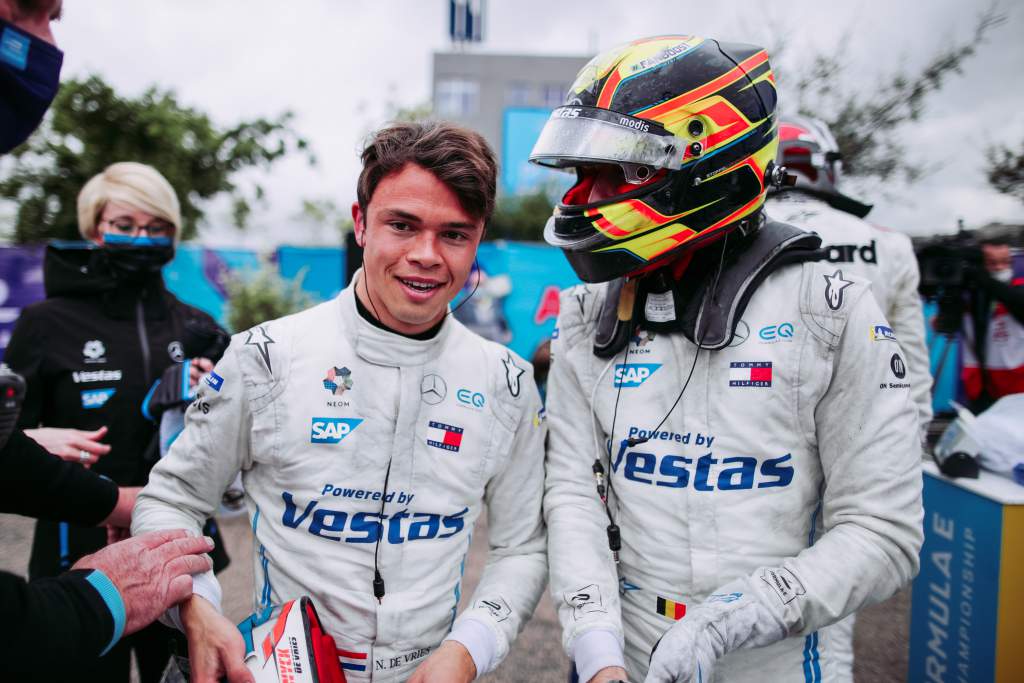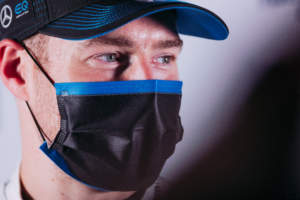Up Next

Rumours linking Mercedes’ Formula E drivers Stoffel Vandoorne and Nyck de Vries to a Williams Formula 1 seat caused a social media storm last week, but would they really want to swap a title-contending seat for a shot in what is currently F1’s ninth-best team?
In Formula E’s early seasons, the all-electric series garnered an unfair reputation as a home for ex-F1 drivers. But it’s not difficult to see why this assertion came about, with over half a dozen drivers in Formula E’s history having previously raced in F1.
Formula E has hosted the rebirth of the careers of DS Techeetah’s title-winning duo of Antonio Felix da Costa and Jean-Eric Vergne – both formerly of Red Bull, although da Costa never did race in F1 – and less successful late-career blips for drivers like Felipe Massa or 1997 F1 world champion Jacques Villeneuve.
But what is yet to happen is for a full-time Formula E driver to make the switch to F1.
Pierre Gasly raced in the place of Sebastien Buemi at the 2017 New York E-Prix before making his F1 debut a few months late at the Malaysian Grand Prix for Toro Rosso, but his Formula E appearance was always a cameo before near-certain F1 graduation.
So, could it be that Vandoorne or current championship leader de Vries are the first to try and make the switch? Whether it be with Williams for F1’s new era in 2022, or elsewhere.
Vandoorne’s obliteration of a 2015 GP2 field that included the likes of Indianapolis 500 winner Alexander Rossi and Gasly prompted McLaren to hand him a well-earned full-time F1 debut in 2017.
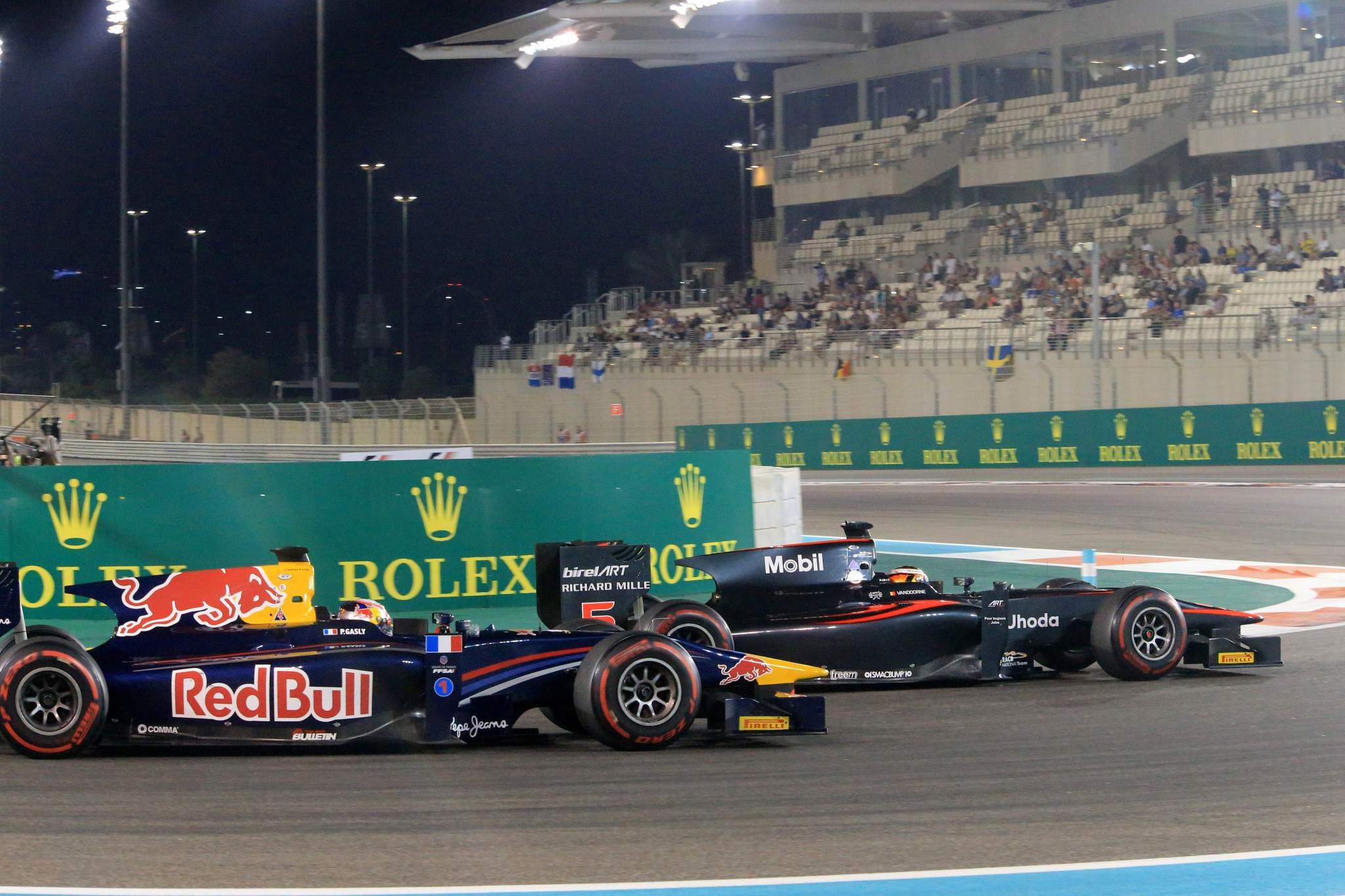
Unfortunately for Vandoorne, that year’s McLaren-Honda was riddled with underlying problems and two-time champion Fernando Alonso was driving the other car and ringing every last drop of performance out of it.
The 2018 McLaren – now with Renault power – was an improvement but it was still a tricky car to drive, and while Alonso could use his expertise and experience to drive around the car’s limitations, Vandoorne struggled.
At the end of their two years together, Alonso had outscored Vandoorne 67-25 and out-qualified him in every race of 2018 – and in all but three races of 2017.
So the news that long-time McLaren protege Vandoorne would not be retained for the following season came as little surprise.
Fast forward three years and Vandoorne is among the frontrunners in Formula E with Mercedes.
Had an apologetic Oliver Rowland not ripped up Vandoorne’s comfortable path to victory with a lock-up at the Turn 10 hairpin in a controversial second London E-Prix, then Vandoorne would likely be heading to the Berlin finale in title contention.
In fact, as Vandoorne told The Race in London, it represented the third “lost” victory chance with Andre Lotterer clashing with Vandoorne when the Belgian took his first pole position of the season in Rome, and an administrative error led to his disqualified from pole in Valencia.
It’s a reminder of the form that Vandoorne arrived in F1 with and the kind of which he initially promised he’d deliver on when he out-qualified team-mate Jenson Button and scored a point on his F1 debut at the 2016 Bahrain Grand Prix.
He’s driven a Mercedes F1 car since becoming its test and reserve driver in 2020, but he’s missed the one and only chance he’s had to replace one of the Mercedes drivers in a race.
The team grabbing George Russell out of Williams to replace Lewis Hamilton in the 2020 Sakhir Grand Prix showed where its future F1 priorities are and it’s difficult to see Mercedes having much appetite for helping Vandoorne return to F1.
The 29-year-old is far more valuable in its Formula E effort and its seemingly genuine surprise at the rumours when asked about them in London suggests it’s not on the radar for Mercedes.
And without help from Mercedes, it’s difficult to see how the Belgian could facilitate an F1 comeback.
His troubled time in F1 will leave enough question marks for the top and midfield teams to look elsewhere at the plethora of other drivers on the market and even for those at the back, it’s still a risk.

Three years away from racing in F1 is a long time and among the most recent full-time returns after as long a gap is Michael Schumacher’s largely ill-fated comeback to F1 with Mercedes in 2010.
Of course, Vandoorne is a decade younger than Schumacher was, but F1 has changed – and will change ever further next year – since Vandoorne’s Abu Dhabi 2018 swansong.
Realistic options aside, Vandoorne would be risking the potential to fight for annual titles in one of the most competitive single-seater championships in the world with Mercedes, for a risky gamble on Williams being able to do more than battle for scraps at the back of the F1 grid with its Dorilton investment.
Even if Mercedes doesn’t take up its Gen3 option and departs Formula E, he’d be on the top of the shopping list for nearly all of the other Formula E teams and he would almost certainly find another factory drive if Mercedes didn’t opt to race elsewhere and fit him in there.
Many of the above arguments can also be applied to de Vries although he is three years younger at 26 and doesn’t have the baggage of a failed F1 stint.
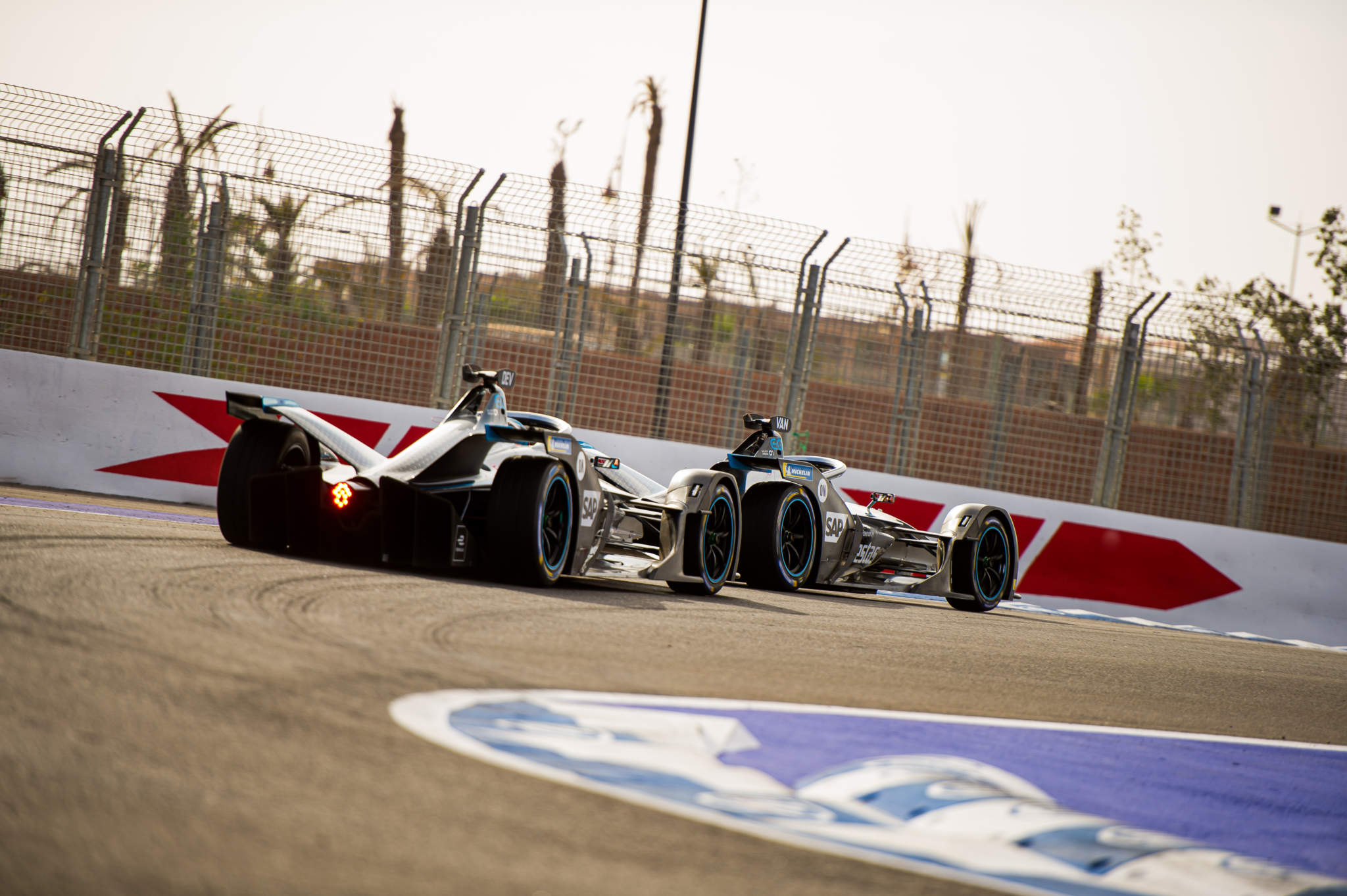
He’s a more realistic prospect for F1 teams – Williams in particular – and the 2019 Formula 2 champion, who tested Mercedes’ F1 car at the end of 2020, struggled to reach his peak as quickly as some of his junior single-seater rivals, preventing him from reaching F1 thus far.
By the time he’d sharpened his rough edges and won the F2 title, the F1 boat had long sailed with his former title rivals and team-mates including Charles Leclerc, Lando Norris, George Russell and Alexander Albon all graduating, albeit in a kinder driver market than the one de Vries faced at the end of 2019.
Based on his career so far, you could certainly argue that once he gets up to speed in F1, he could pick up Russell’s mantle at Williams and continue his underdog efforts with success in the same ballpark.
It didn’t take him long to find his speed in Formula E, and the finer nuances of energy-saving and sheer consistency all came together during his second season and have led to him leading the points with just two races to go.
A title victory next month in Berlin would raise his stock higher than ever but that doesn’t mean he has to translate that into an all-or-nothing bid for an F1 debut.
Staying in FE and defending his crown – or trying to claim it again if he falls short in Berlin – can allow de Vries to build a reputation as one of the series flagship drivers as its Gen3 era (2022/23) begins and the potential for continued growth remains.
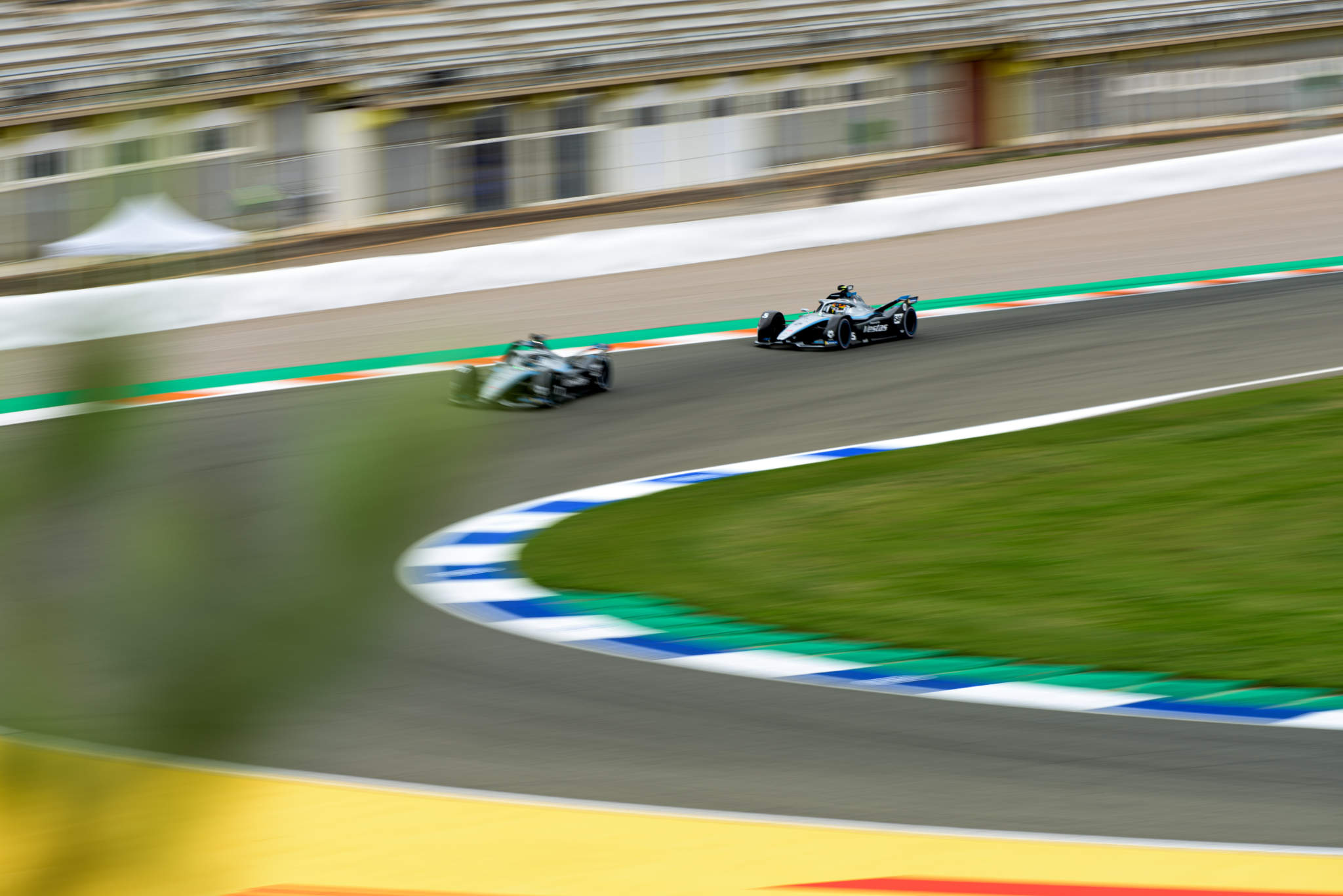
De Vries would also surely be a target for the leading Le Mans Hypercar outfits, having served as Toyota’s LMP1 reserve driver and being among the quickest LMP2 drivers around. Or he could aim to follow in the footsteps of Felix Rosenqvist and launch a career in IndyCar off the back of race wins in Formula E.
Of course, there will always be the mindset of ‘it’s F1 though!’ regardless of how competitive your machinery is when you get there. And very few racing drivers wouldn’t back themselves to do enough impressive work in less competitive cars to earn a place higher up the grid.
However, there’s the very likely possibility of sustained championship challenges and wins regardless of which non-F1 avenue de Vries and Vandoorne explore, making a pursuit of an unlikely F1 debut/return seem like an unnecessary distraction – even if both are good enough for a shot.


